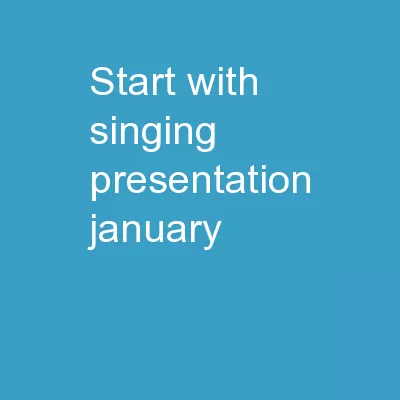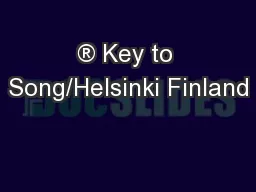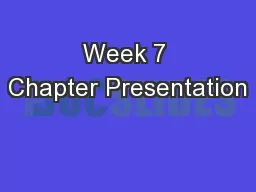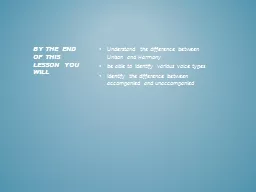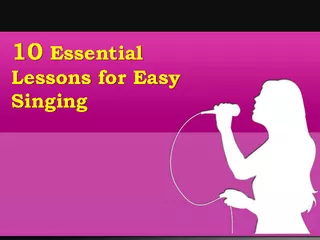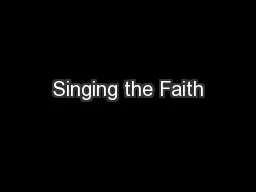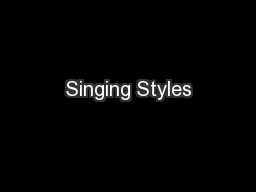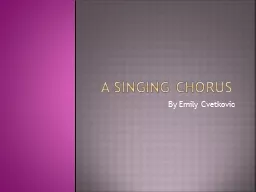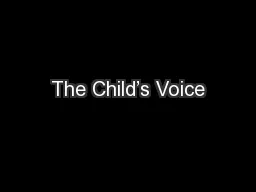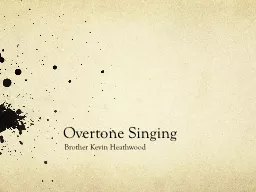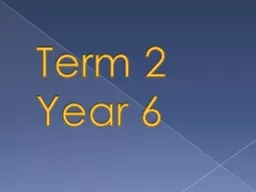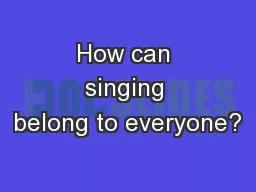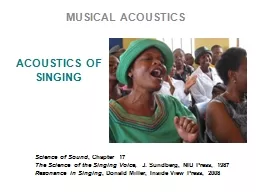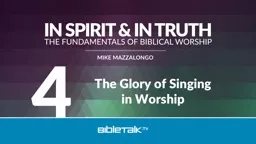PPT-Start With Singing presentation January
Author : tatyana-admore | Published Date : 2019-02-28
June 2018 pilot group a t M inerva P rimary A cademy Start with Singing Aims of project Pupils prior experience Structure of project Progress made Pupil Voice
Presentation Embed Code
Download Presentation
Download Presentation The PPT/PDF document "Start With Singing presentation January" is the property of its rightful owner. Permission is granted to download and print the materials on this website for personal, non-commercial use only, and to display it on your personal computer provided you do not modify the materials and that you retain all copyright notices contained in the materials. By downloading content from our website, you accept the terms of this agreement.
Start With Singing presentation January: Transcript
Download Rules Of Document
"Start With Singing presentation January"The content belongs to its owner. You may download and print it for personal use, without modification, and keep all copyright notices. By downloading, you agree to these terms.
Related Documents

